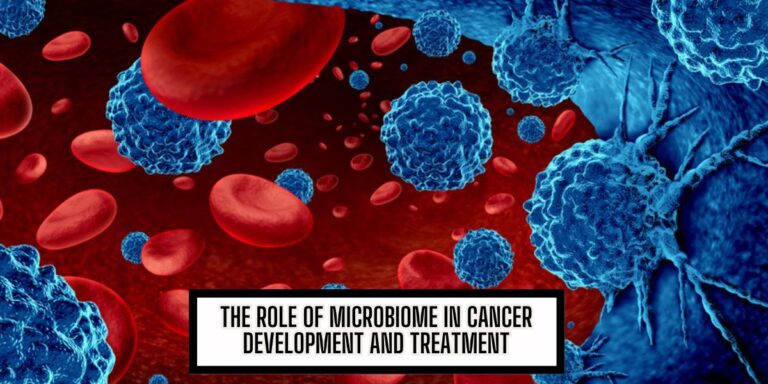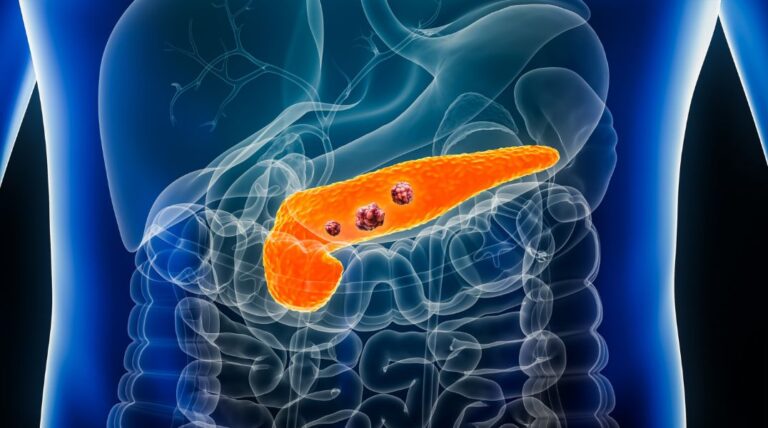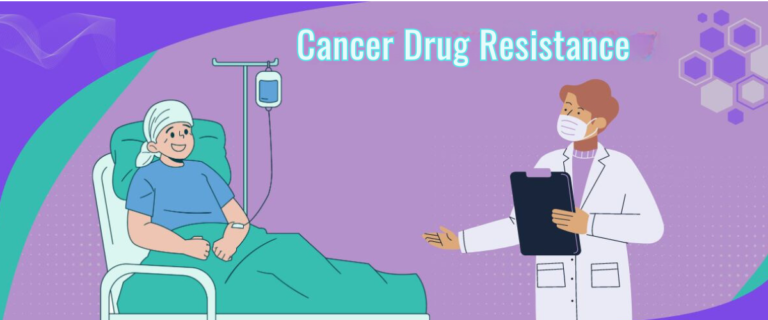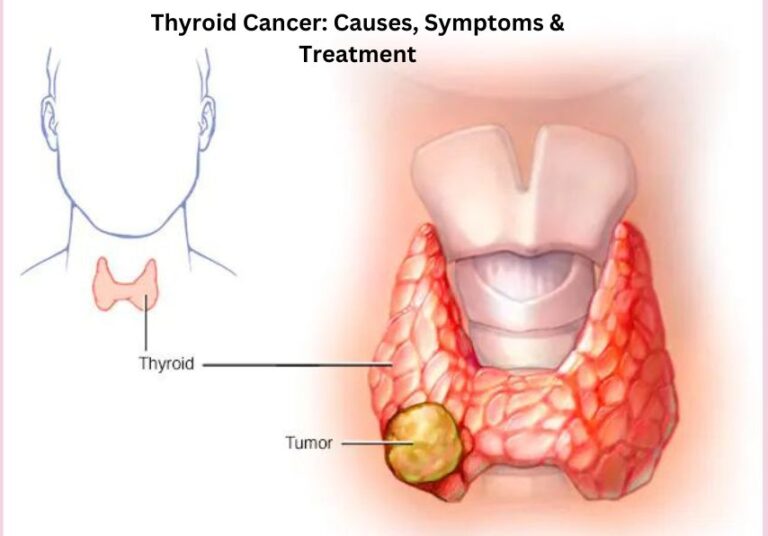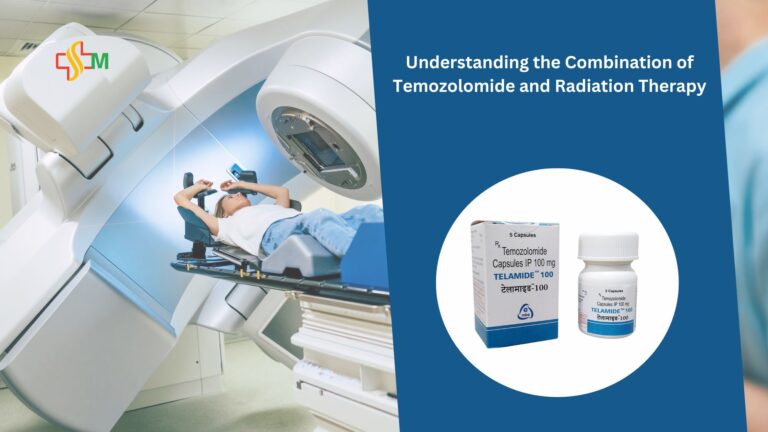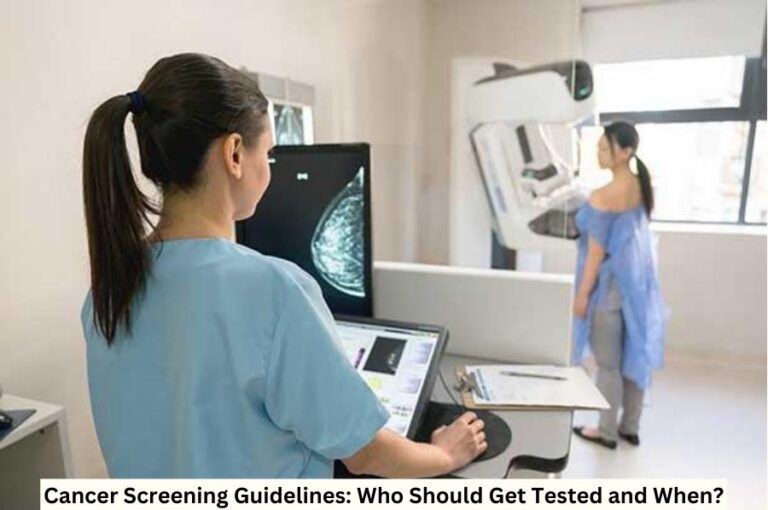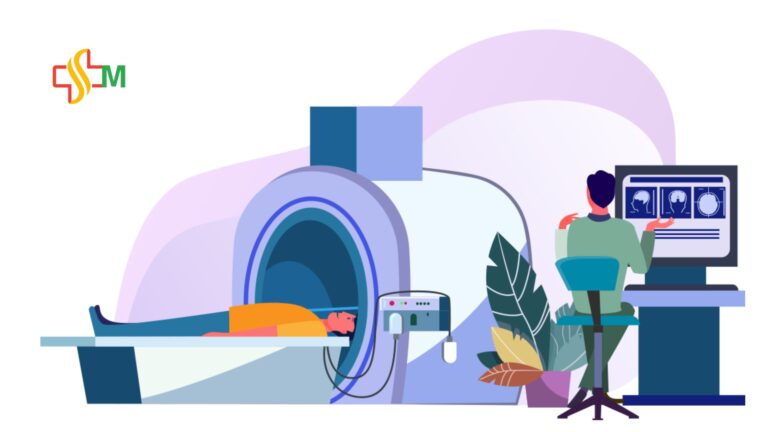BLOG
Targeted Therapy for Cancer: Precision Treatment Explained
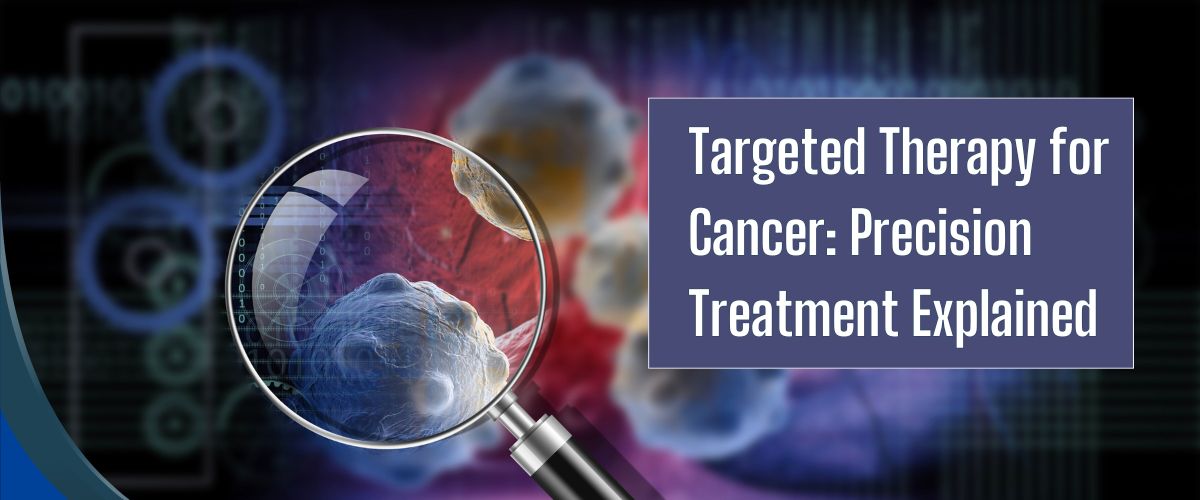
Cancer is a formidable challenge in medicine, with its complex nature and varied forms making treatment a daunting task. However, advancements in medical science have ushered in a new era of cancer treatment known as targeted therapy. This approach represents a significant shift from traditional cancer treatments like chemotherapy and radiation, focusing instead on precision and personalization. In this article, we’ll delve into the world of targeted therapy for cancer, exploring what it is, how it works, its benefits, and what it means for the future of cancer treatment.
What is Targeted Therapy?
Targeted therapy is a type of cancer treatment that specifically attacks the molecular changes that drive cancer growth and spread. Unlike traditional treatments, which can affect both cancerous and healthy cells, targeted therapy zeroes in on specific molecules involved in the growth, progression, and spread of cancer. These molecules might be proteins, genes, or other factors unique to cancer cells or more prominent in them than in normal cells.
How Does Targeted Therapy Work?
The concept behind targeted therapy is relatively straightforward: identify the specific weaknesses in cancer cells and exploit them. These therapies can work in several ways:
- Blocking Signals: Cancer cells often rely on certain signals to grow and divide. Targeted therapy can block these signals, essentially cutting off the fuel supply for cancer growth.
- Inhibiting Tumor Blood Vessel Growth: Tumors need a blood supply to grow. Some targeted therapies work by preventing the formation of new blood vessels that feed the tumor.
- Delivering Toxins Directly to Cancer Cells: Certain targeted therapies can attach toxins to cancer cells, delivering a lethal dose directly where it’s needed without harming healthy cells.
- Boosting the Immune System: Some targeted therapies help the immune system recognize and destroy cancer cells more effectively.
The Benefits of Targeted Therapy
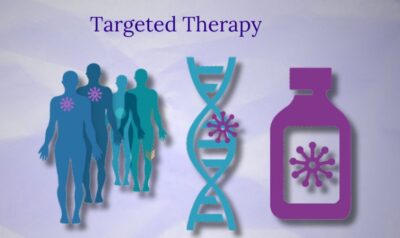
One of the most significant advantages of targeted cancer therapy is its precision. Because it’s designed to interact with specific molecules involved in cancer, it often has fewer side effects than traditional chemotherapy, which can damage healthy cells. Here are some key benefits:
- Less Damage to Healthy Cells: Targeted therapies focus on cancer cells, sparing most healthy cells and reducing the risk of side effects like hair loss, nausea, and fatigue.
- Personalized Treatment: These therapies are often tailored to the individual’s specific type of cancer, increasing the likelihood of a positive outcome.
- Effective Against Resistant Cancers: Some cancers that have become resistant to chemotherapy or radiation can still be vulnerable to targeted therapies.
- Improved Quality of Life: With fewer side effects, patients often experience a better quality of life during treatment, allowing them to maintain their daily activities.
Challenges and Considerations
While targeted therapy represents a significant leap forward in cancer treatment, it’s not without its challenges. One of the primary issues is that cancer cells can eventually develop resistance to targeted therapies, much like they do with other treatments. Additionally, these therapies may not work for everyone, as they are typically designed for specific mutations or cancer types.
Cost is another consideration. Targeted therapies can be expensive, and not all are covered by insurance. It’s crucial for patients to have discussions with their healthcare providers about the financial implications and explore available support programs.
The Future of Targeted Therapy
The future of targeted therapy is promising. Ongoing research continues to uncover new targets and develop therapies that are even more effective and personalized. Combination therapies, where targeted therapy is used alongside other treatments like immunotherapy or chemotherapy, are showing great potential in increasing efficacy and reducing resistance.
In the coming years, we can expect targeted therapy to become even more refined, offering hope to millions of cancer patients worldwide. The ultimate goal is to turn cancer into a manageable condition, where patients can live long, fulfilling lives with minimal disruption.
Conclusion
Targeted therapy for cancer is a groundbreaking approach that offers a more precise, effective, and often less toxic alternative to traditional treatments. By focusing on the unique aspects of cancer cells, it opens the door to personalized medicine, where treatment is tailored to the individual’s specific needs. While challenges remain, the progress made so far is a testament to the potential of targeted therapy to change the landscape of cancer treatment forever.
As research continues and more therapies become available, the hope is that one day, cancer can be treated with the same ease and effectiveness as many other chronic conditions. Targeted therapy is not just a treatment; it’s a beacon of hope for the future of oncology.
FAQ on Targeted Therapy for Cancer
FAQ 1: What types of cancer can be treated with targeted therapy?
Targeted therapy is used to treat various types of cancer, including breast cancer, lung cancer, colorectal cancer, and melanoma. However, the effectiveness depends on the presence of specific genetic mutations or molecular targets within the cancer cells.
FAQ 2: How is targeted therapy different from chemotherapy?
Targeted therapy focuses on specific molecules involved in cancer growth, minimizing damage to healthy cells and often resulting in fewer side effects. In contrast, chemotherapy attacks rapidly dividing cells indiscriminately, affecting both cancerous and healthy cells.
FAQ 3: Can targeted therapy be used with other cancer treatments?
Yes, targeted therapy is often used in combination with other treatments like chemotherapy, radiation, or immunotherapy. Combining treatments can enhance effectiveness, reduce resistance, and improve overall outcomes.
related product
-
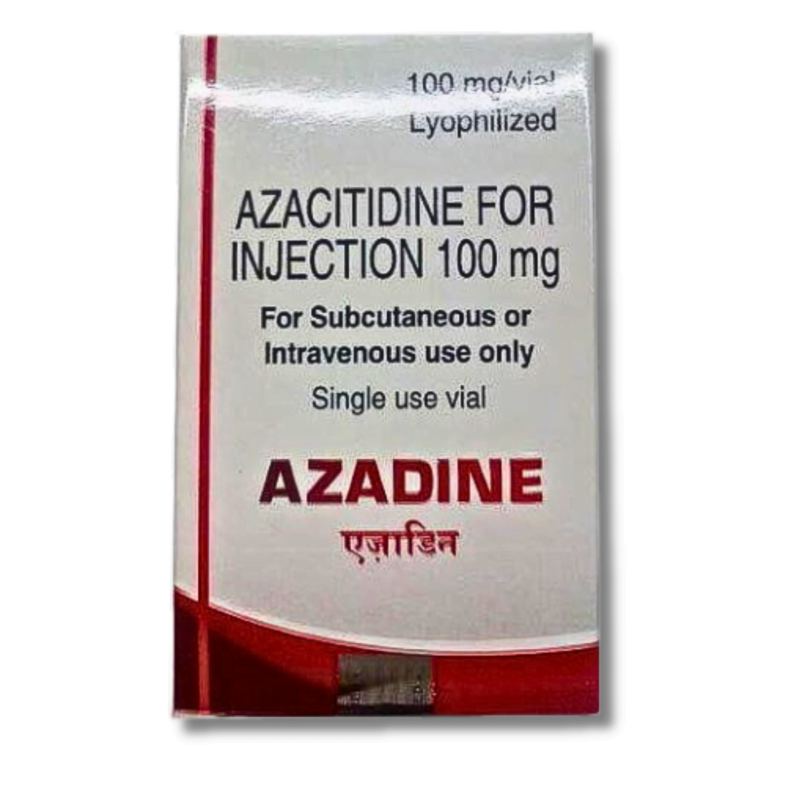 Azadine 100mg Injection
Azadine 100mg Injection
₹4,780.50Original price was: ₹4,780.50.₹3,610.00Current price is: ₹3,610.00. -
 Azadine O 300mg Tablet
Azadine O 300mg Tablet
₹24,000.00Original price was: ₹24,000.00.₹14,500.00Current price is: ₹14,500.00. -
 Azatend O 300mg Tablet
Azatend O 300mg Tablet
₹23,995.00Original price was: ₹23,995.00.₹15,500.00Current price is: ₹15,500.00.
Managing Pain in Cancer Patients Options and Strategies
-
Posted by
admin
- 0 comments
ब्रेन ट्यूमर: कारण, लक्षण, उपचार और बचाव के तरीके
-
Posted by
admin
- 0 comments
The Role of Microbiome in Cancer Development and Treatment
-
Posted by
admin
- 0 comments
The Benefits and Risks of Hormonal Therapy in Cancer Treatment
-
Posted by
admin
- 0 comments
Pancreatic Cancer: Causes, Symptoms & Treatment
-
Posted by
admin
- 0 comments
Understanding the Different Stages of Cancer
-
Posted by
admin
- 0 comments
Overcoming Cancer Drug Resistance: Strategies & Solutions
-
Posted by
admin
- 0 comments
Treatment and Success Rate of Stomach Cancer
-
Posted by
admin
- 0 comments
Thyroid Cancer: Causes, Symptoms & Treatment
-
Posted by
admin
- 0 comments
Understanding the Combination of Temozolomide and Radiation Therapy
-
Posted by
singhladistributors
- 0 comments
Cancer Screening Guidelines: Who Should Get Tested and When?
-
Posted by
admin
- 0 comments
Understanding Cancer Staging: What It Means for Treatment Options
-
Posted by
admin
- 0 comments




